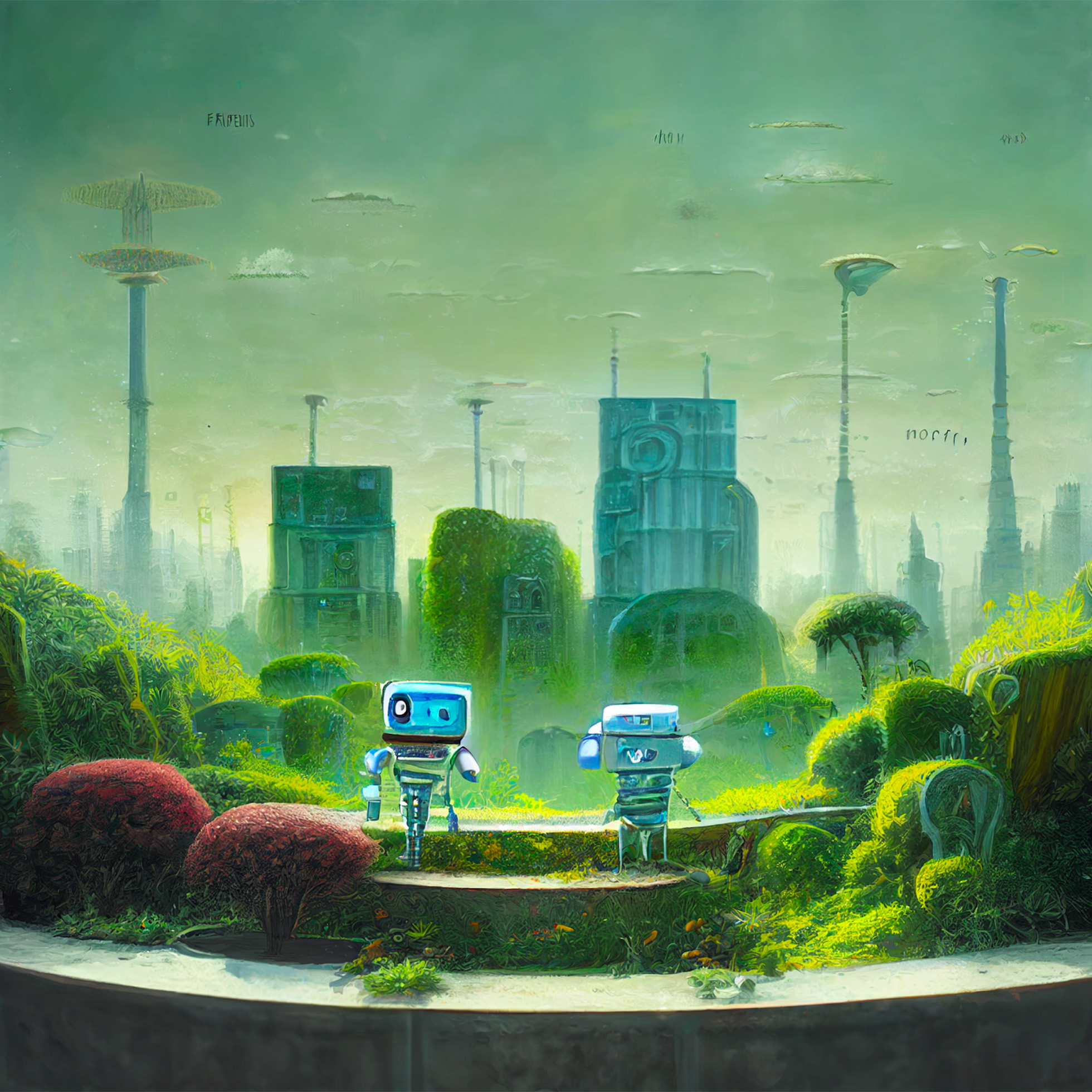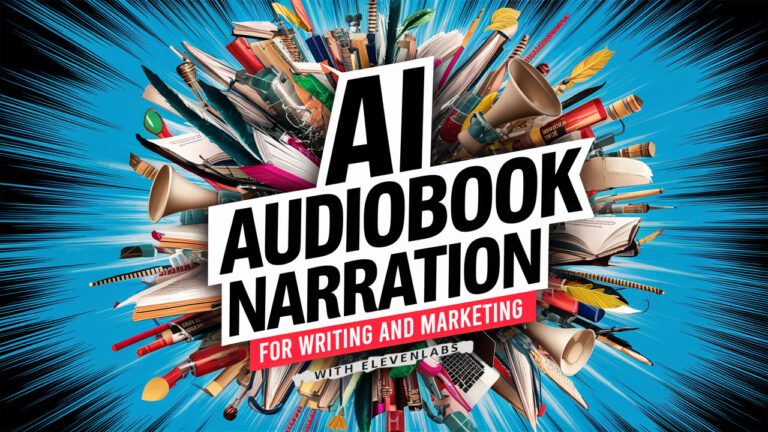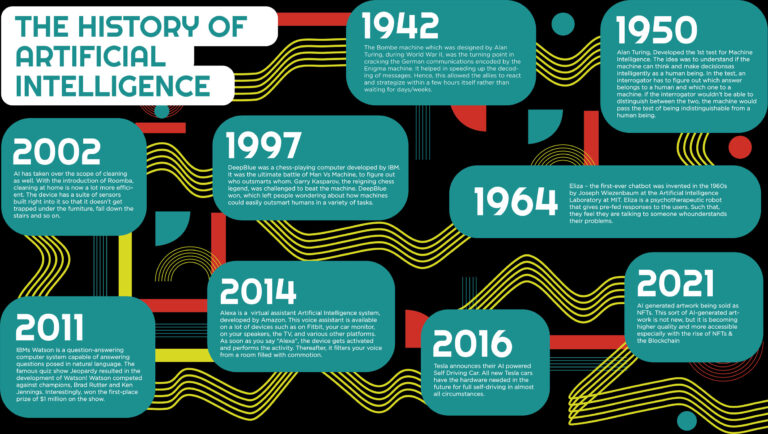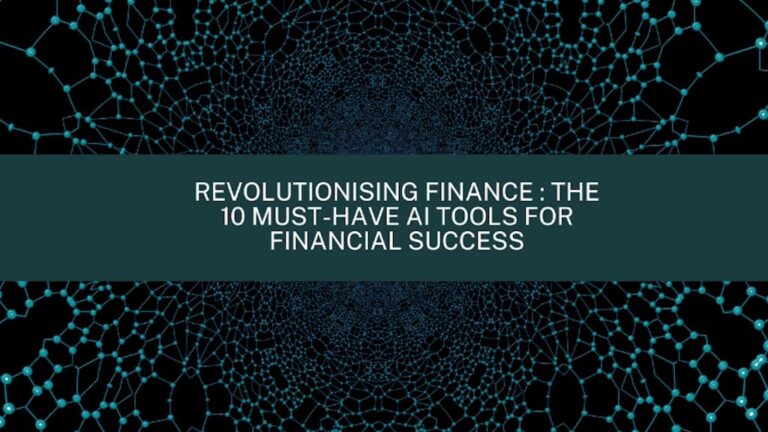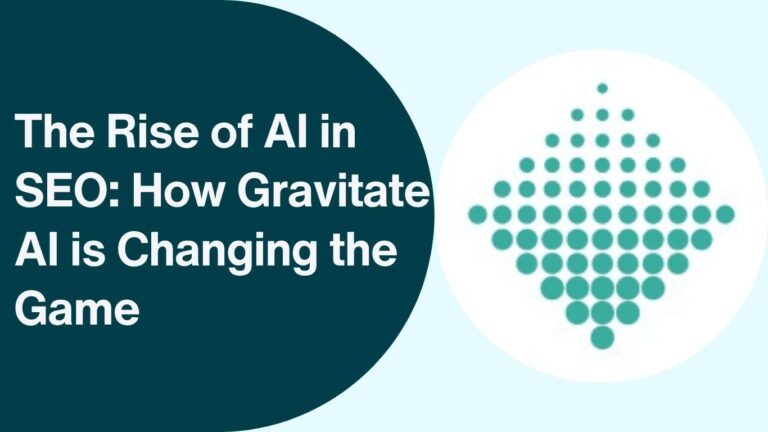Generative AI a Creative New World: Revolutionizing Innovation
Generative AI is shaping a new era in creativity. It is transforming how we create and interact with content.
Imagine a world where machines compose music, write stories, and design art. This is the promise of generative AI. It uses complex algorithms to generate new and original content. Artists, writers, and designers now have a powerful tool at their disposal.
They can collaborate with AI to push the boundaries of creativity. This blog will explore how generative AI is changing various creative fields. We will delve into its applications, benefits, and potential challenges. Join us on this journey to understand how technology is blending with creativity, opening doors to endless possibilities. Welcome to the creative new world of generative AI.
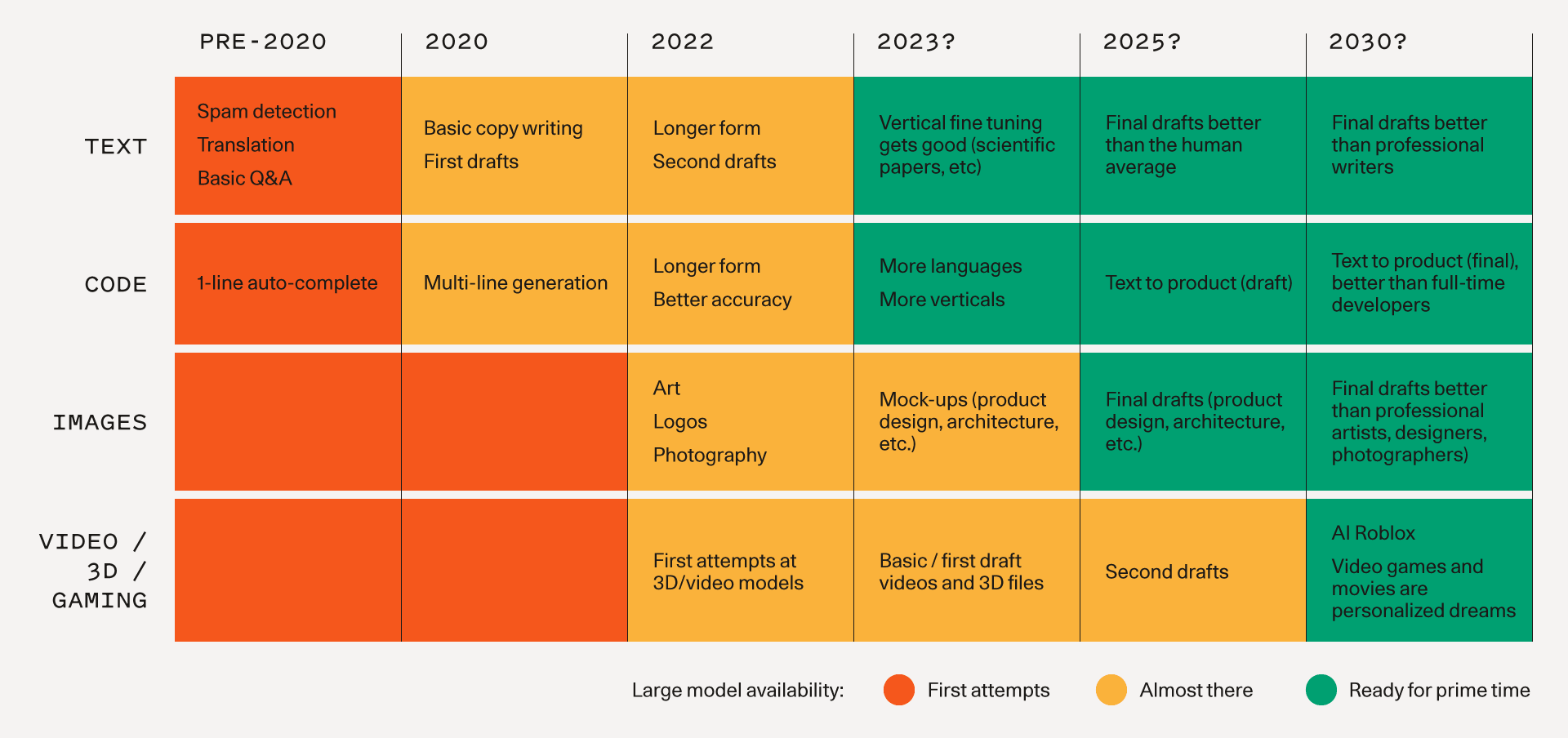
Introduction To Generative Ai
Generative AI is changing how we create. This type of AI can produce new and unique content. It mimics human creativity. Artists, writers, and developers find it useful. Generative AI opens new doors for innovation.
What Is Generative Ai?
Generative AI is a type of artificial intelligence. It creates new content from existing data. This includes text, images, music, and more. The AI learns patterns from the data. Then, it generates original content. It is like teaching a machine to be creative.
Historical Background
Generative AI has roots in the 1950s. Early AI systems focused on logical tasks. In the 1980s, researchers started exploring creative AI. They developed neural networks. These networks mimic the human brain. They can learn and generate new information.
In recent years, technology has advanced. More data and better algorithms have improved Generative AI. Today, it is used in many fields. Art, music, literature, and even software development. The progress is remarkable. Generative AI continues to evolve.

Technological Foundations
The technological foundations of generative AI are vast and complex. This field combines advanced algorithms and high computational power. It uses these to create new content. Let’s explore the key components that make this possible.
Machine Learning Basics
Machine learning forms the backbone of generative AI. It allows computers to learn patterns from data. These patterns help in making predictions or decisions without being explicitly programmed. Supervised and unsupervised learning are two main types. In supervised learning, the model learns from labeled data. In unsupervised learning, it finds patterns in data without labels.
Neural Networks And Deep Learning
Neural networks are inspired by the human brain. They consist of layers of interconnected nodes. Each node processes information and passes it to the next layer. Deep learning is a subset of machine learning. It uses neural networks with many layers. These networks are called deep neural networks. Deep learning excels at processing large amounts of data. It is the key to many generative AI applications.
Creative Applications
Generative AI has opened up a creative new world. It is transforming how we create art, music, and literature. This technology allows machines to generate original works. These creations are unique and often surprising. Artists, musicians, and writers are using AI as a tool. They explore new possibilities and push creative boundaries.
Art And Design
Generative AI is revolutionizing art and design. Artists use AI to create unique paintings and sculptures. These works are often a blend of human input and machine creativity. AI can analyze thousands of artworks. It learns styles and techniques. Then, it generates new pieces that reflect these influences. Designers use AI to create innovative product designs. They can explore more ideas in less time. The results are often unexpected and inspiring.
Music And Literature
In music, AI is composing new songs. Musicians use AI to generate melodies and harmonies. These can be combined with human-created elements. The result is a unique blend of human and machine creativity. AI can also analyze vast amounts of music. It learns different styles and genres. This helps create new, original compositions.
In literature, AI assists writers in generating stories and poems. It can suggest plot ideas and character developments. AI can even write entire passages. This gives writers new tools to enhance their creativity. The collaboration between human writers and AI leads to fresh and engaging content.
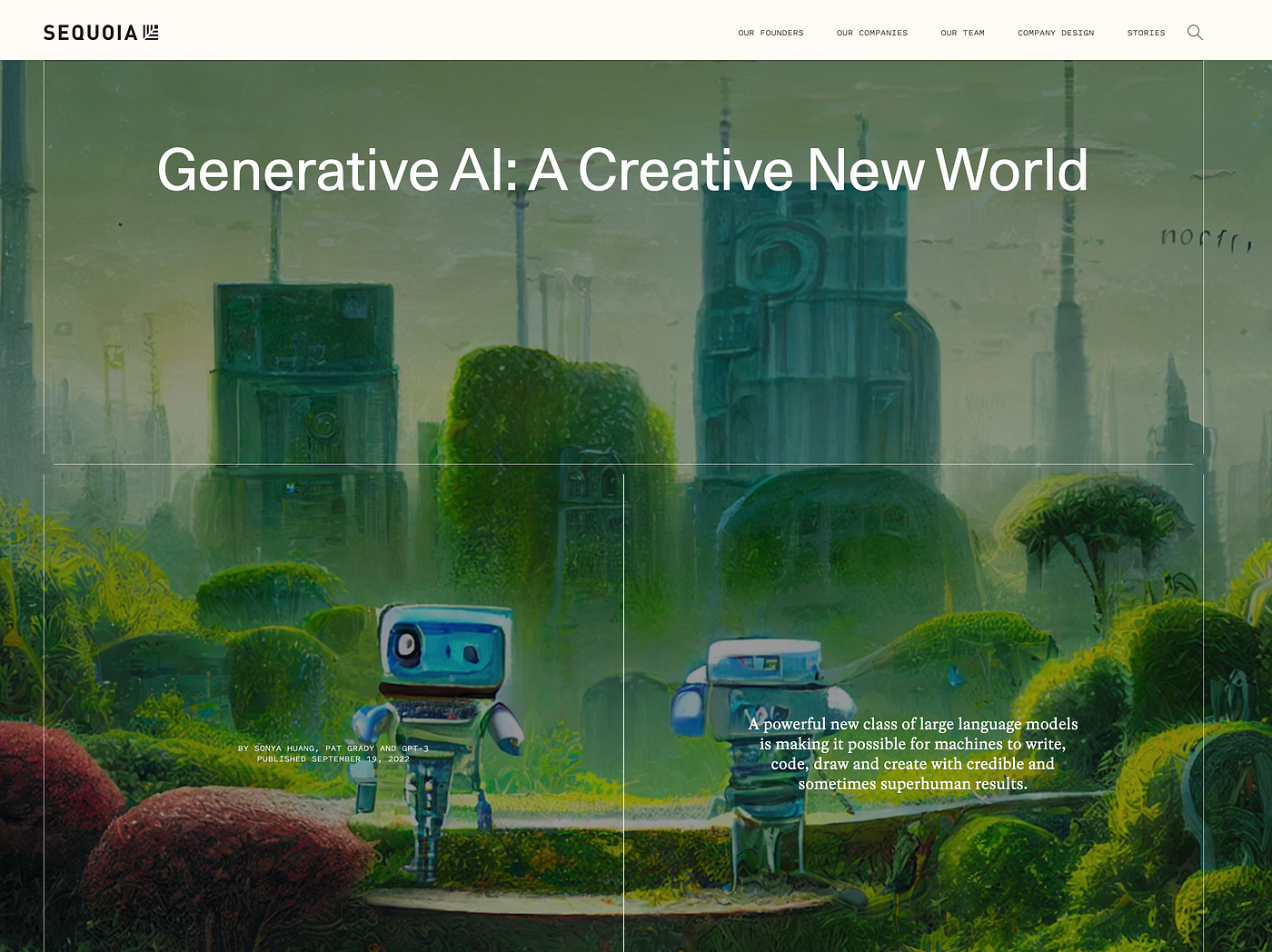
Impact On Industries
Generative AI is reshaping many industries. It brings new possibilities and efficiencies. This technology can create realistic images, write content, and even design products. Its impact spans various sectors, leading to significant improvements and innovations.
Healthcare Innovations
Generative AI is transforming healthcare. It helps doctors analyze medical images with precision. This leads to faster and more accurate diagnoses. AI can also predict patient outcomes. This allows for personalized treatment plans. AI-generated models assist in drug discovery. They simulate how new drugs will interact with the human body. This speeds up the development process. It also reduces costs. AI aids in managing patient records. It ensures data is accurate and easily accessible. This improves patient care and operational efficiency.
Automotive Advancements
The automotive industry benefits from generative AI. It enhances vehicle design and manufacturing. AI creates detailed models of car parts. This helps engineers optimize designs for performance and safety. AI also plays a role in autonomous driving. It processes vast amounts of data from sensors. This enables vehicles to navigate safely on roads. AI improves predictive maintenance. It analyzes data to predict when a car part might fail. This allows for timely repairs and prevents breakdowns. AI streamlines the production process. It identifies inefficiencies and suggests improvements. This leads to cost savings and higher quality vehicles.
Challenges And Ethical Considerations
The rise of generative AI introduces amazing opportunities. It also brings unique challenges and ethical questions. We must address these concerns to ensure responsible use.
Bias In Ai
AI systems learn from existing data. This data often contains biases. When AI is trained on biased data, it can produce biased results. This can harm certain groups of people.
For instance, if an AI system is trained on hiring data, it may favor certain demographics. This can reinforce existing social inequalities. We must ensure AI systems are trained on diverse data sets.
Regular audits and transparency are essential. Developers must check for bias and correct it. They should also provide clear explanations of how AI makes decisions.
Intellectual Property Issues
Generative AI can create new content. This raises questions about intellectual property (IP). Who owns the content created by AI? The user? The developer? The AI itself?
This issue is complex. Traditional IP laws often do not address AI-generated content. New laws and guidelines are needed to protect creators and users.
Consider these points:
- Define clear ownership rules for AI-generated content.
- Ensure fair compensation for content creators.
- Promote transparency in AI content creation.
Addressing these issues will promote innovation and fairness. It will also help build trust in AI technologies.
Future Of Generative Ai
Generative AI is changing the way we create. It holds endless possibilities. The future of Generative AI looks bright and promising. Let’s explore what’s ahead.
Emerging Trends
Generative AI is advancing quickly. One trend is the use of AI in art. Artists are collaborating with AI to create new forms of art. This blend of human creativity and AI is producing stunning results.
Another trend is AI in writing. AI tools are helping writers generate content. These tools can produce articles, stories, and even poems. This saves time and sparks new ideas.
AI is also making waves in music. Musicians are using AI to compose new pieces. AI can suggest melodies and harmonies. This opens up new musical possibilities.
Potential Developments
The future of Generative AI is exciting. One potential development is improved AI creativity. AI may become better at mimicking human creativity. This could lead to even more innovative art and content.
Another development is better AI-human collaboration. AI tools may become more intuitive. This would make it easier for people to work with AI. It could lead to more efficient and creative workflows.
We might also see AI creating more personalized content. AI could tailor content to individual preferences. This would make for a more engaging user experience.
Generative AI might also become more accessible. As technology advances, more people will have access to AI tools. This democratization of AI could spark a new wave of creativity.
Case Studies
The transformative power of Generative AI is reshaping creative industries. Real-world case studies highlight this evolution. These examples showcase the potential and success of Generative AI.
Notable Projects
Several projects demonstrate the capabilities of Generative AI. These projects include art, music, and writing.
- DeepDream: Developed by Google, this project generates unique and surreal images.
- Jukedeck: AI creates music tracks based on user inputs.
- OpenAI’s GPT: Generates human-like text for various applications, including chatbots and content creation.
These projects show the vast possibilities of AI in creative fields. Each project offers a glimpse into the future of creativity.
Success Stories
Many companies have seen success by integrating Generative AI into their processes. These success stories illustrate practical applications and benefits.
| Company | Application | Results |
|---|---|---|
| Adobe | AI-based photo editing | Increased user engagement and satisfaction |
| RunwayML | AI tools for artists | Enhanced creativity and productivity |
| Lyrebird | Voice synthesis | Improved customer service experiences |
These companies have leveraged AI to create innovative solutions. They have experienced tangible benefits and improved customer experiences.
Frequently Asked Questions
What Is Generative Ai?
Generative AI refers to artificial intelligence that can create new content. It can generate text, images, music, and more. This technology uses algorithms to learn patterns and produce creative outputs. It’s transforming industries by automating creative processes.
How Does Generative Ai Work?
Generative AI works by learning from large datasets. It uses machine learning models like GANs and transformers. These models identify patterns and relationships in data. The AI then generates new content based on these learned patterns. This process mimics human creativity.
What Are The Applications Of Generative Ai?
Generative AI has diverse applications. It creates art, music, and literature. It enhances game design and virtual environments. It also assists in drug discovery and medical research. Businesses use it for personalized marketing content. Its creative potential is vast.
Is Generative Ai Ethical?
Generative AI raises ethical concerns. Issues include plagiarism, copyright infringement, and deepfakes. It’s crucial to ensure AI-generated content is used responsibly. Regulations and guidelines are needed. Ethical considerations must balance innovation and societal impact.
Conclusion
Generative AI opens new doors for creativity. It enhances our artistic abilities. This technology brings fresh ideas to life. Artists and creators can explore new possibilities. It helps in crafting unique and engaging content. Embracing generative AI can lead to exciting developments.
The future of creativity looks bright with AI. So, let’s harness its potential. Start experimenting and see where it takes you. The creative world is evolving. Generative AI is a part of that journey. Stay curious and keep creating.

